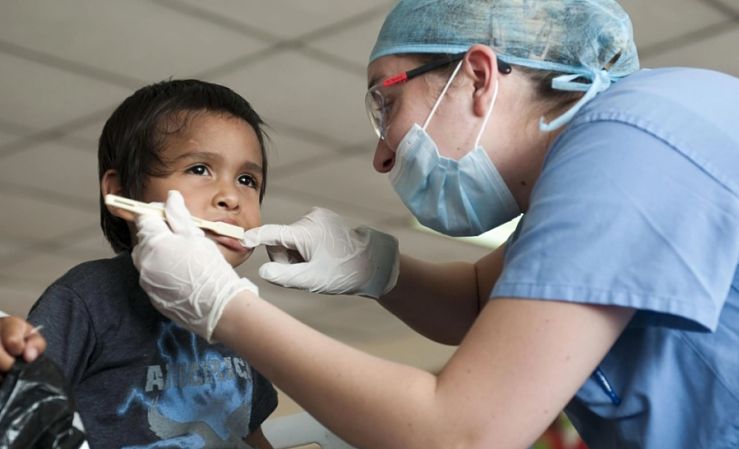Dental Researchers Affirm Importance of Social and Behavioral Science to Their Work

“To achieve optimal oral health globally, there is consensus that action is needed to advance and further integrate behavioral and social sciences as applied to oral health, health care, and training.”
So wrote Daniel W. McNeil of West Virginia University and Cameron L. Randall of the University of Washington, along with S. Baker, B. Borrelli, J.M. Burgette, B. Gibson, L.J. Heaton, G. Kitsaras, C. McGrath, and J.T. Newton, in a consensus statement published last month in the Journal of Dental Research. Some of the behavioral factors that interact with the biological, they wrote, include “psychological phenomena; social, historical, cultural, and environmental contexts; and commercial, economic, and political forces.”
A coalition of more than 400 oral health, behavioral science, and social science groups and scientists, including the International & American Associations for Dental Research and American Association for Dental, Oral, and Craniofacial Research, crafted a mission statement as a first step towards a more interdisciplinary approach to oral health around the world. One outcome might be a fundamental change in how oral health is understood, “shift[ing] the predominant current focus on dental, oral, and craniofacial diseases and disorders (even if prevention oriented) to include more positive aspects of oral health (e.g., wellness, resilience).”
While research exists on how social determinants of health impact oral health and disease, they are often complex to test. The coalition recommends developing measurable clinical outcomes, health service delivery methods, and incorporating value-based and patient-reported outcomes whenever possible. To do this, they expressed a goal of engaging with diverse qualitative, quantitative, and mixed-methods data approaches before creating methods for testing theories related to the cognitive, affective, and motivational basis of behavior. Future research should also look at other health care disciplines for ideas that might fit for oral health.
“Historically, the behavioral sciences have been closely aligned with dentistry as a profession. Up to now, major focus areas of this alignment have been patient communication, fear assessment and reduction, evaluation and amelioration of pain, and adherence, among other topics.” Sociological approaches have studied the dentistry profession, public health, and the access, utilization, and people’s experiences with oral health care.
For behavioral and social oral health scientists, the coalition urges looking for causal analyses, complex systems science, and research topics with community buy-in to account for the individual, environmental, and structural factors, as well as policies, that all interact to produce oral health outcomes.
“Priority should be given to the development of new interventions or culturally adapted existing evidence-based interventions for at-risk and disadvantaged communities, including racialized and ethnicized groups, refugees, rural populations, people with disabilities, those with low income and low literacy, and others who are minoritized or marginalized.”
Equity in oral health care and research is a must. “Involvement of minority racial, ethnic, and cultural groups in research—and sometimes a singular focus on these groups—is essential for the validity and relevance of research findings for all.” Additionally, encouraging people who have traditionally been overlooked and left behind in the oral health research and practice workforce to join the profession is a pressing need, as representation benefits all.
“Only with an intentional and increased focus on inequities and inclusivity, as well as facilitated by the application of behavioral and social science perspectives, can disparities be eliminated to achieve good oral health for all.”

































































































